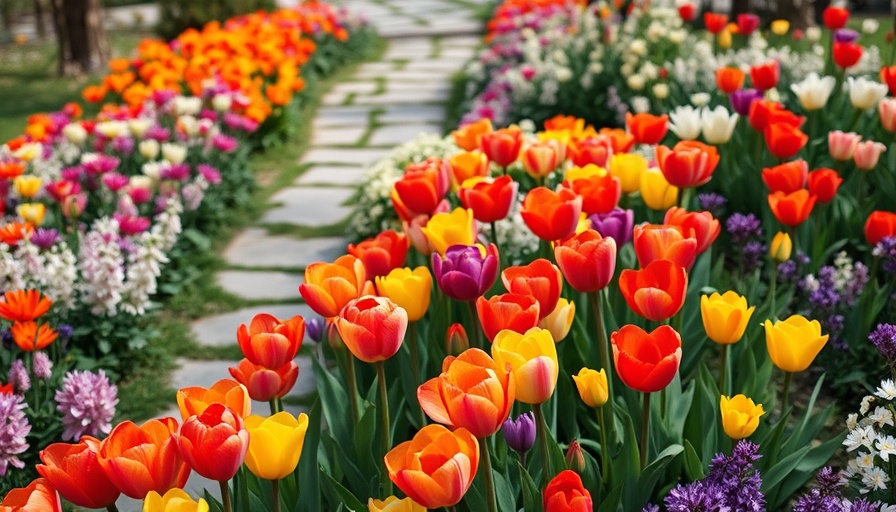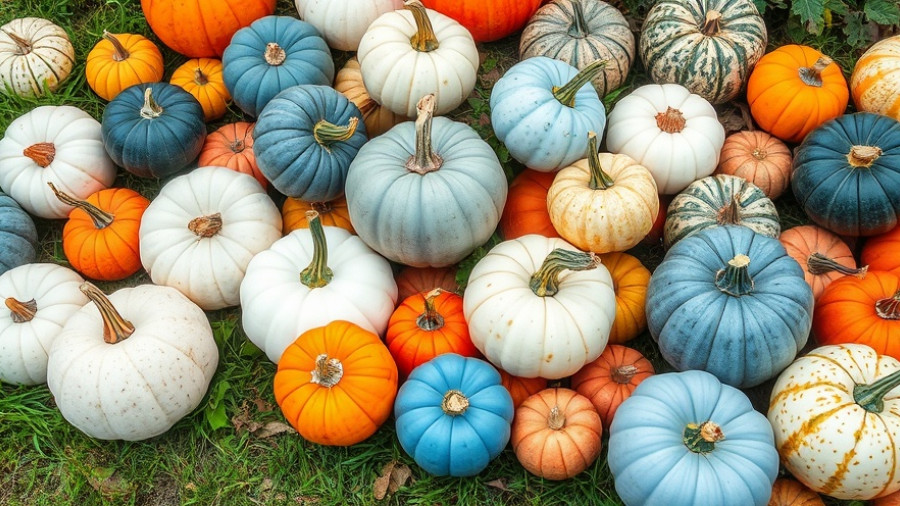
The Art of Crafting a Lush Spring Bulb Garden
Spring is the season of renewal, and what better way to embrace its vibrancy than through a beautifully planned bulb garden? With tulips and daffodils beckoning after the cold winter months, gardeners are gearing up to plant these spring wonders.
Why Bulb Gardening is a Fulfilling Experience
Imagine looking out your window in early spring and spotting cheerful clumps of tulips blooming against a backdrop of fresh green foliage. Bulb gardening isn't just about aesthetics; it's a therapeutic pursuit for many who love to connect with nature.
Having a vibrant spring garden boosts not only the home’s curb appeal but also provides emotional benefits as gardening has been shown to reduce stress and improve mental well-being. The anticipation of seeing flowers bloom gives gardeners something delightful to look forward to after the dreary winter days.
Key Tips for Your Spring Bulb Garden
Scott Kunst from Old House Gardens emphasizes the importance of starting small and encourages gardeners to plan and visualize before planting. Here are some valuable tips:
- Know Your Microclimate: Examine your garden for sunny spots and well-drained soil since most bulbs thrive in these conditions. This foundational step ensures that your bulbs get the best possible start.
- Plant in Groups: Instead of scattering bulbs randomly, plant them in clumps—ideally groups of five or more—to create a stunning visual impact.
- Understand Your Hardiness Zone: Choose bulbs compatible with your USDA hardiness zone. This crucial information helps ensure your chosen bulbs will thrive in your local climate.
- Timing is Everything: Plant bulbs in the fall, ideally 6-8 weeks before the ground freezes, to ensure they take root before the winter chill.
- Vary Bloom Times: Consider choosing bulbs with different bloom times. Mixing early, mid, and late bloomers will transform your garden into a colorful showcase for several weeks.
These insightful strategies not only lighten the burden of planting but also enhance the overall aesthetic of your garden.
The Unique Secret of Lasagna Planting
A popular trend in bulb planting is layering—a method known as lasagna planting. This technique allows gardeners to plant bulbs at different depths in a single pot or a garden bed. For instance, larger bulbs like tulips can be placed at the bottom, while smaller ones such as crocuses go near the surface. This arrangement ensures that as one bulb type finishes blooming, the next takes over, providing a continuous show of color.
Creating Cohesion with Color Schemes
A color scheme can tie everything together in a way that makes even informal gardens look planned. Select a palette that resonates with your style, whether it’s a monochromatic vibe that embraces similar hues or a bold contrast that plays with opposites on the color wheel.
By repeating shapes and colors throughout your bulb garden, you create visual interest while maintaining cohesion. This technique is impactful and goes a long way in creating that polished look.
Preparing Your Garden for Planting
Quality soil is essential for optimal growth. Ensuring your soil is nutrient-rich, aerated, and well-draining will provide the foundation your bulbs need. Don’t forget to test your soil pH and nutrient levels to tailor your amendments for the healthiest plants possible.
Final Thoughts: Let Your Creativity Bloom
Planning your spring bulb garden can be as enjoyable as it is rewarding. Whether it’s planting clusters of vibrant tulips or experimenting with layering techniques, the options are limitless. Don't miss out on this opportunity to transform your yard into a tapestry of spring color.
So get your bulbs in order, gather your gardening tools, and get ready to create your floral masterpiece!
 Add Row
Add Row  Add
Add 




Write A Comment